These Precautions Could Help to Curb the Spread of COVID-19 at Schools
 Schooladvisor Team
Schooladvisor TeamReturning to school is good news for your kids who have missed their student life. With schools reopening again, you cannot help but ask this million-dollar question; is it safe to send my kids to school? Your concern is valid considering the number of daily cases are still high at this point of time.
While schools should be imposing strict guidelines following the government’s order to ensure the safety of students and teachers, parents must still take part in making sure your children follow the everyday precautions to curb the spread of COVID-19 in classrooms.
We have compiled the tips based on UNICEF that you can practice in order to send your children to school safely:
1. Wear a mask at all times.
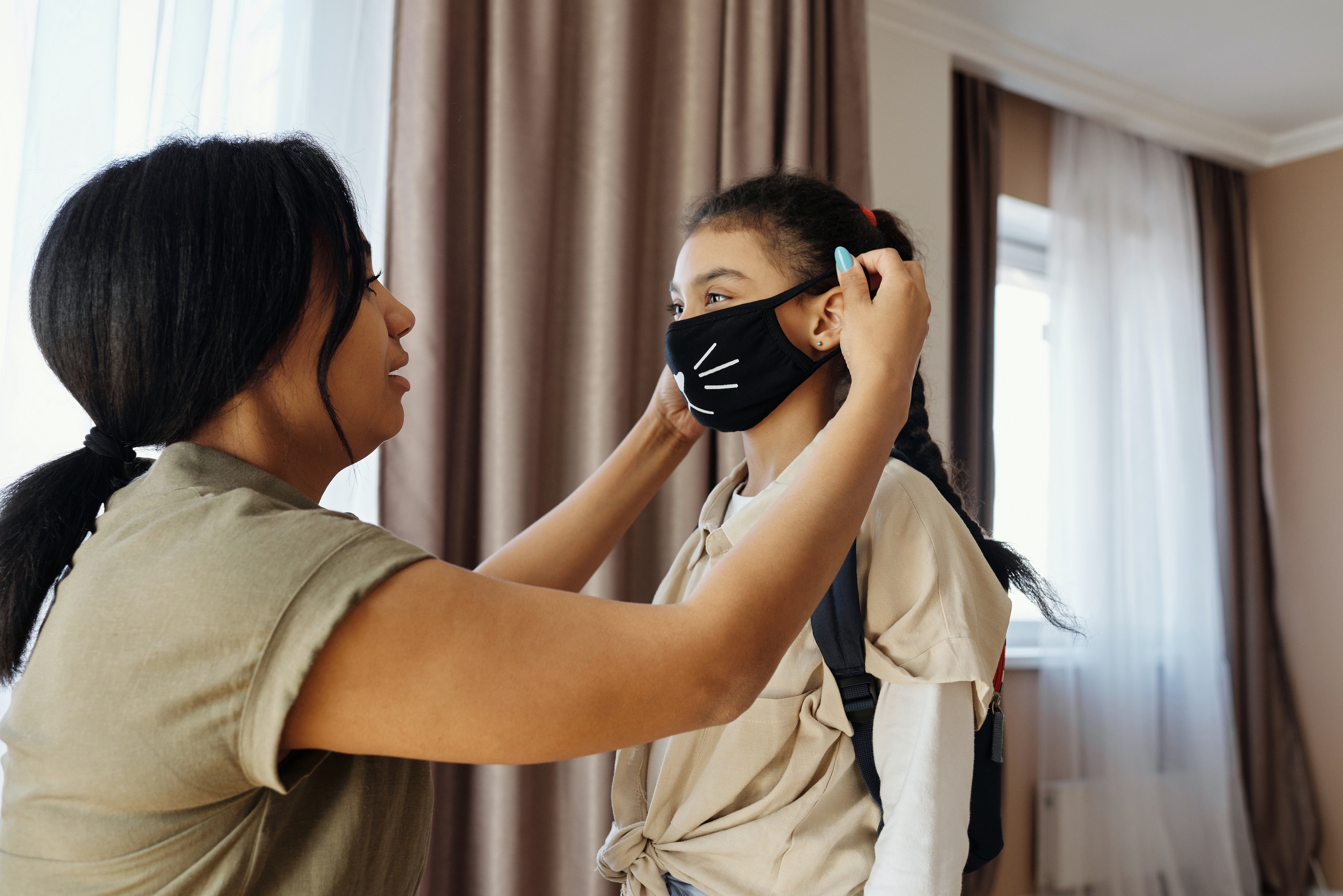
Photo by August de Richelieu from Pexels
In places where it is hard to avoid close contact with other people, like classrooms for example, it is advisable to wear a face mask to build a barrier between your kids and their classmates.
Talk to your child about the importance of wearing face masks in public places. You could model to them how to wear and remove the mask properly. Kids have the tendency to share their belongings, so it is best to remind your little ones to never trade their masks, or even share other things like food, utensils and stationary with their friends.
2. Wash hands frequently.
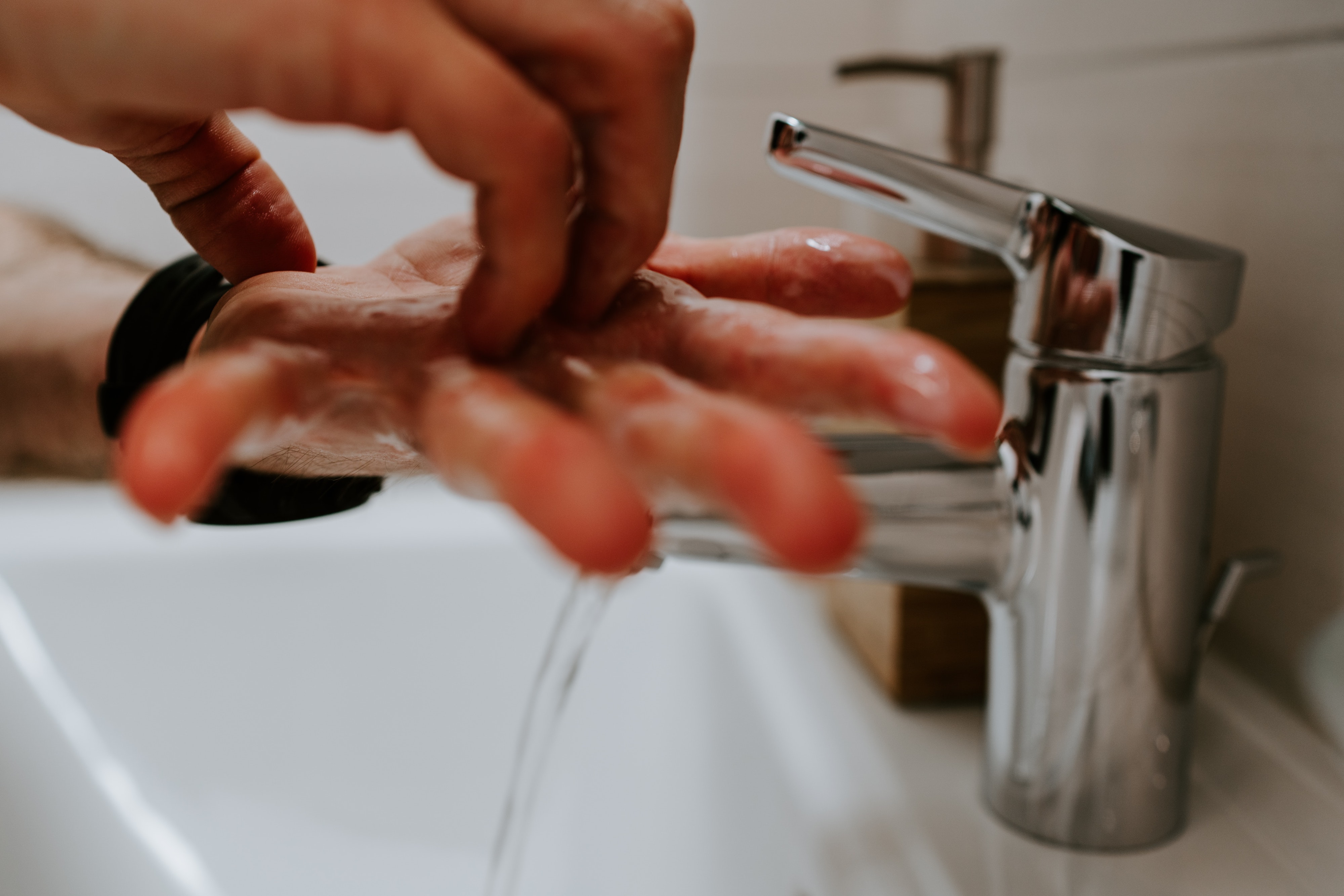
Photo by Claudio Schwarz on Unsplash
Touching your face with unclean hands will increase the possibility of germs spreading. Kids are such curious beings and they want to explore a lot of things. But in this situation, it may not be all right to touch their face after being in contact with public surfaces.
Thus, you have to tell your kids that they should wash their hands as frequently as possible for at least 20 seconds. They should wash their hands before they want to eat, before and after adjusting their face masks and after they cough or sneeze.
3. Practice physical distancing.
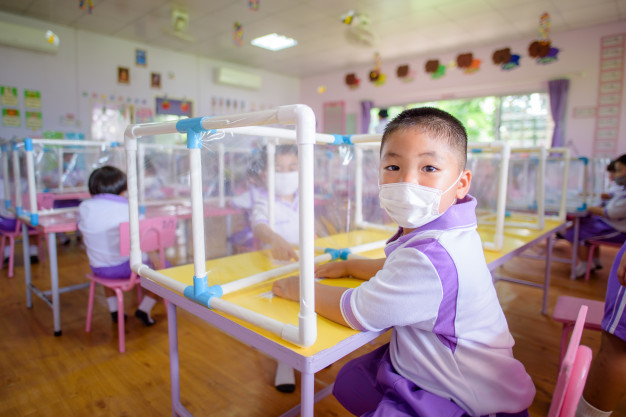
Photo by bell_ka_pang on Freepik
This can be a tough guideline for your kids to practice as they are used to clinging to people at home and thus, extending those actions with their friends at school. They tend to get excited when talking or playing with their friends and ending up getting too close to each other.
During weekends, you can conduct a fun activity to teach your kids verbal or visual signals by using their stuffed animals that are laying around the house, pretending these toys to be their friends at school. Instead of yelling the word “Stop!” at them, alternately, you could switch to “yellow light” for when they got slightly close to an object, or “red light” for when they got too close to their toys.
4. Clean and disinfect school supplies.
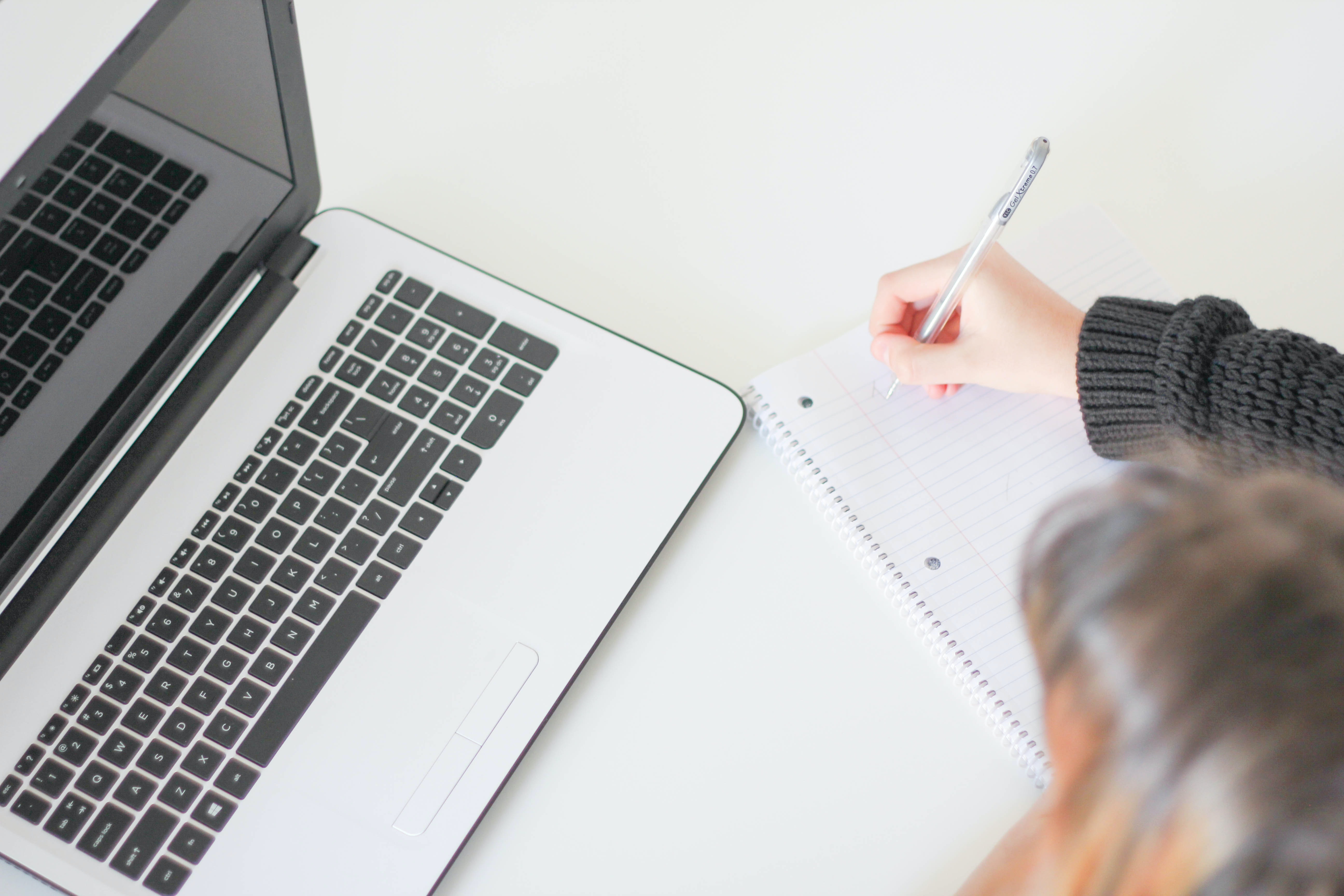
Photo by J. Kelly Brito on Unsplash
This takes a lot of energy to do but it is a necessary step to make sure your kid’s environment is always clean and hygienic. Make sure your kids bring along with them disinfectant wipes to clean their respective desks at school before they begin their lesson.
Their school supplies such as laptop, tablet or calculator should be disinfected on a daily basis once they are home. These can be hard to do at first but with enough practice, they will get used to it.
5. Stay at home if unwell.
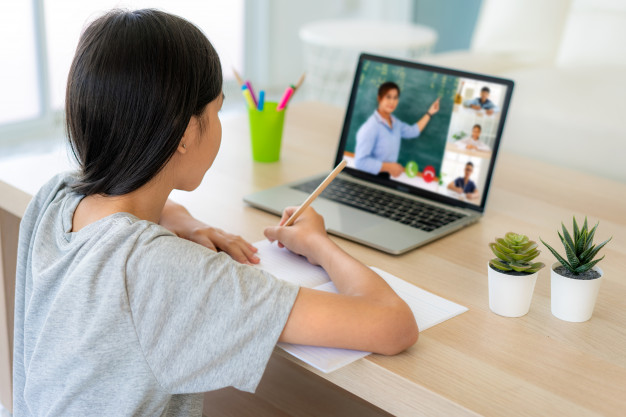
Photo by ake1150sb on Freepik
If your kids show any signs of illness, you should let them stay at home and book an appointment to see the doctor. Among signs of COVID-19 that you should monitor include:
- Fever
- Shortness of breath
- Headache
- Diarrhea
- Loss of taste or smell
6. Provide them with their own sanitiser.
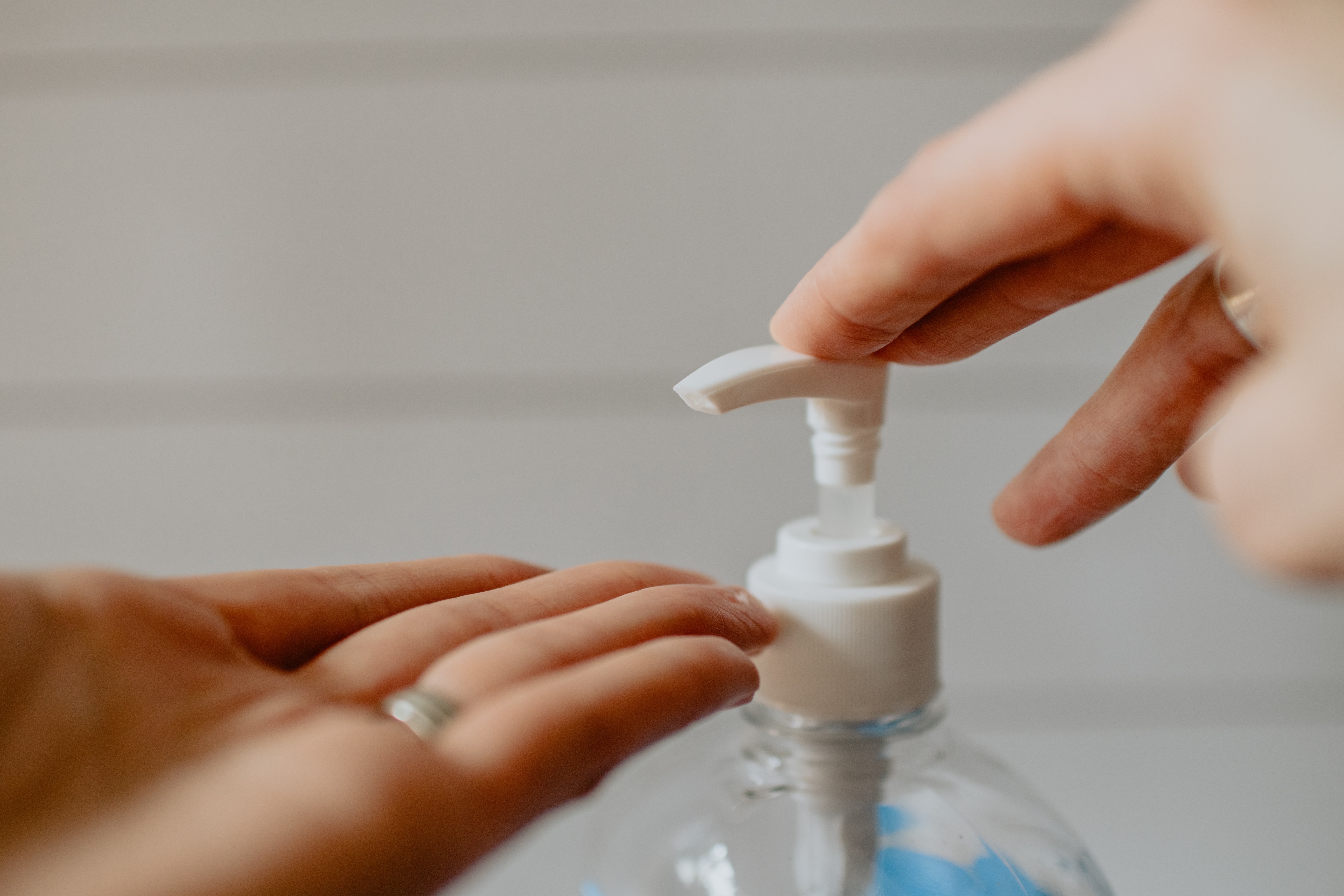
Photo by Kelly Sikkema on Unsplash
In addition to teaching them to wash their hands, you should also provide them with their own sanitisers and not depend on the school in case the school runs out of it.
It is not enough that you just provide them with that, as it is better if you teach them how to use hand sanitiser on their own. Like handwashing, hand sanitiser can only work when it is used properly.
Recent Articles
- What Should You Be Looking for in a Preschool?
- HELP Education Group Unveils New Sports Oval in Subang 2 Campus
- Exploring the Homeschooling Path: What Parents Need to Know Before Taking the Leap
- More Parents Are Now Opting for International Schools in Malaysia
- AISM Students Who Dream Big and Build Bigger

